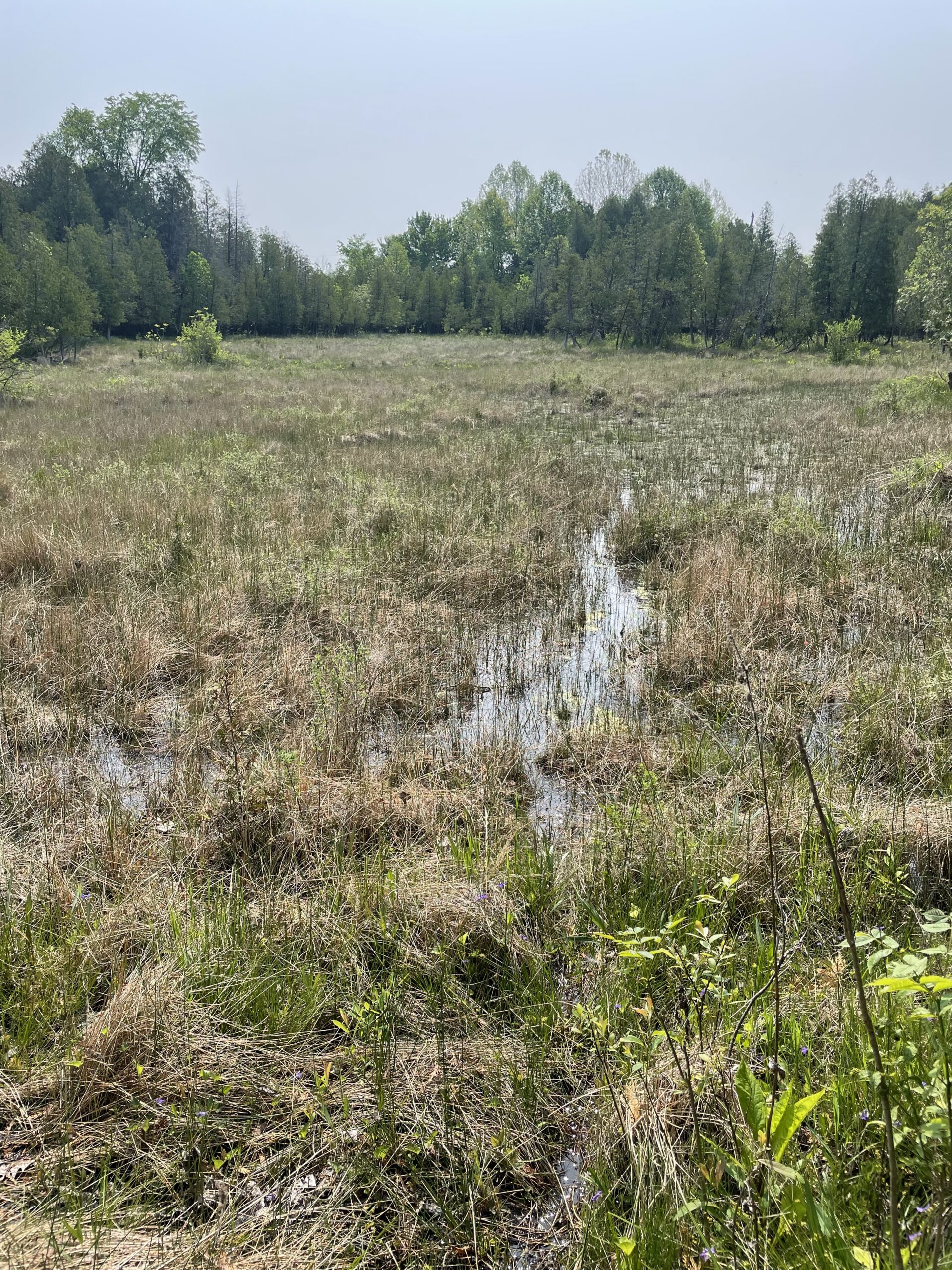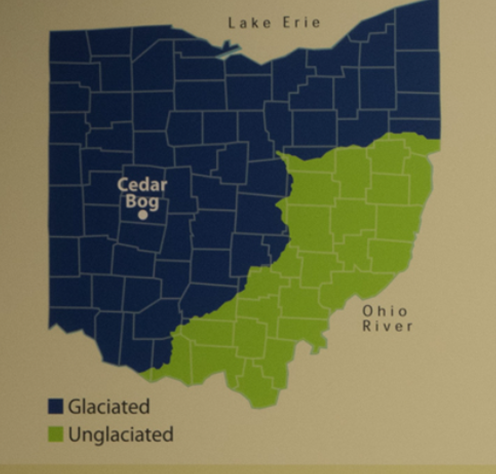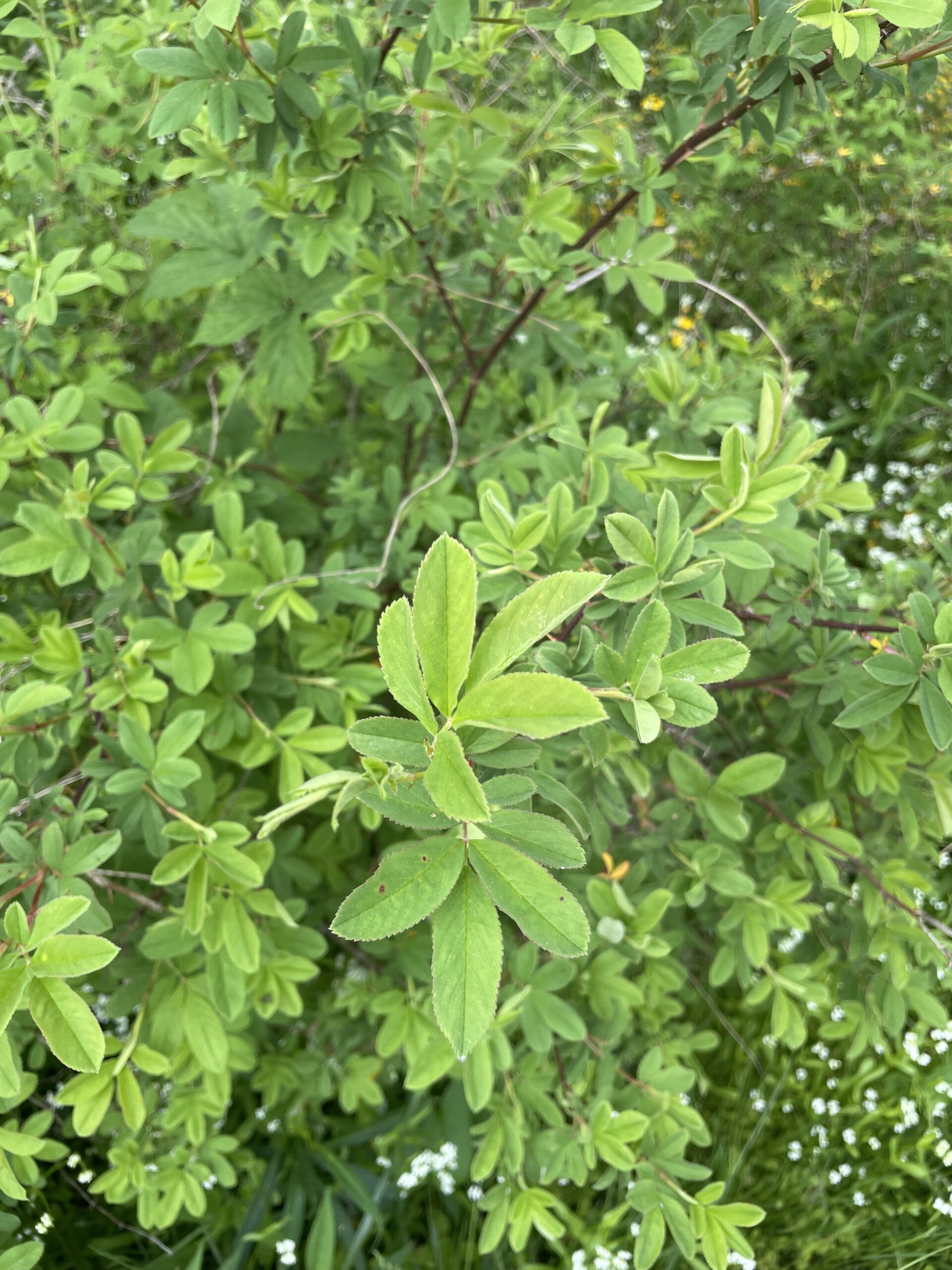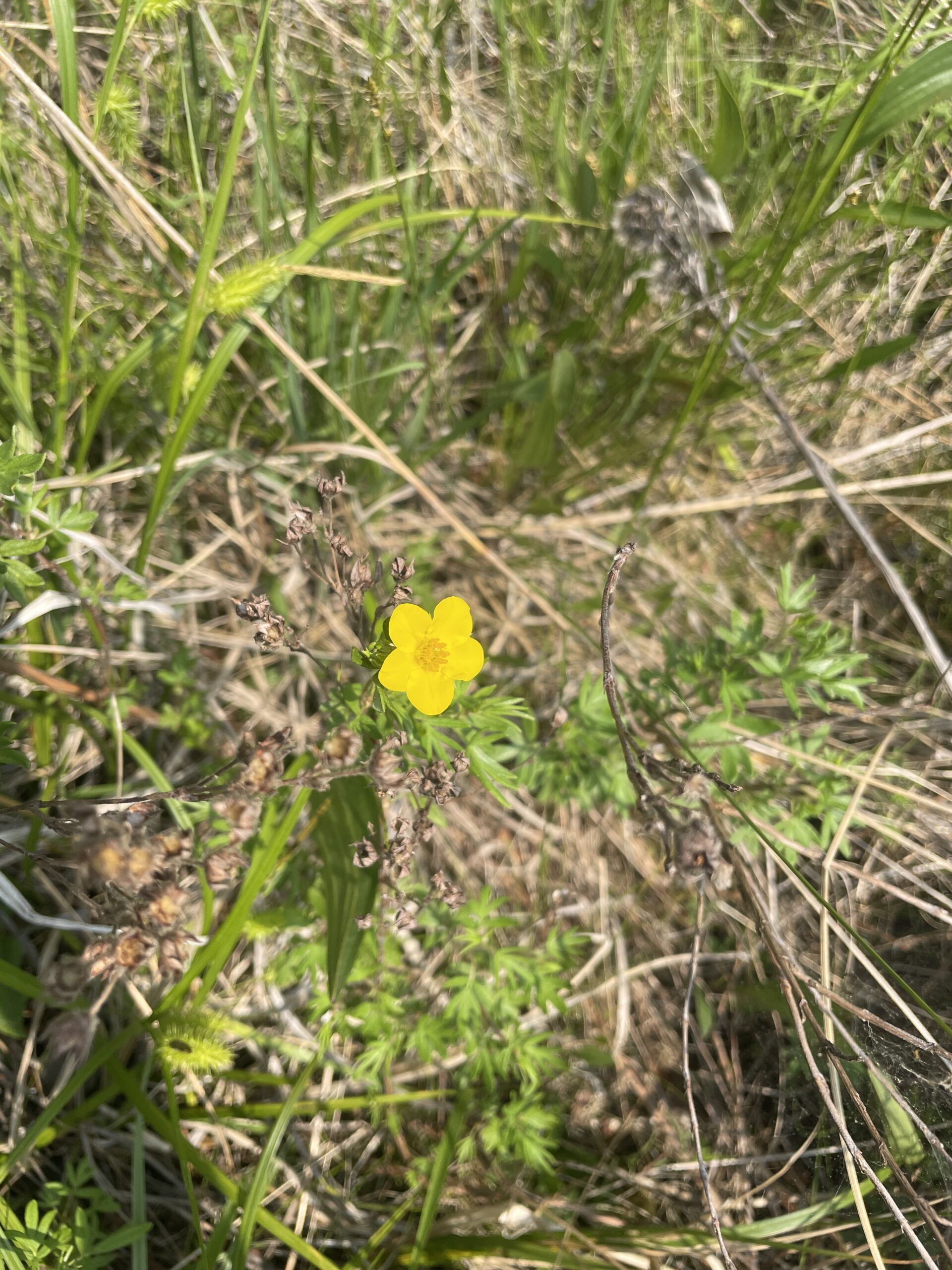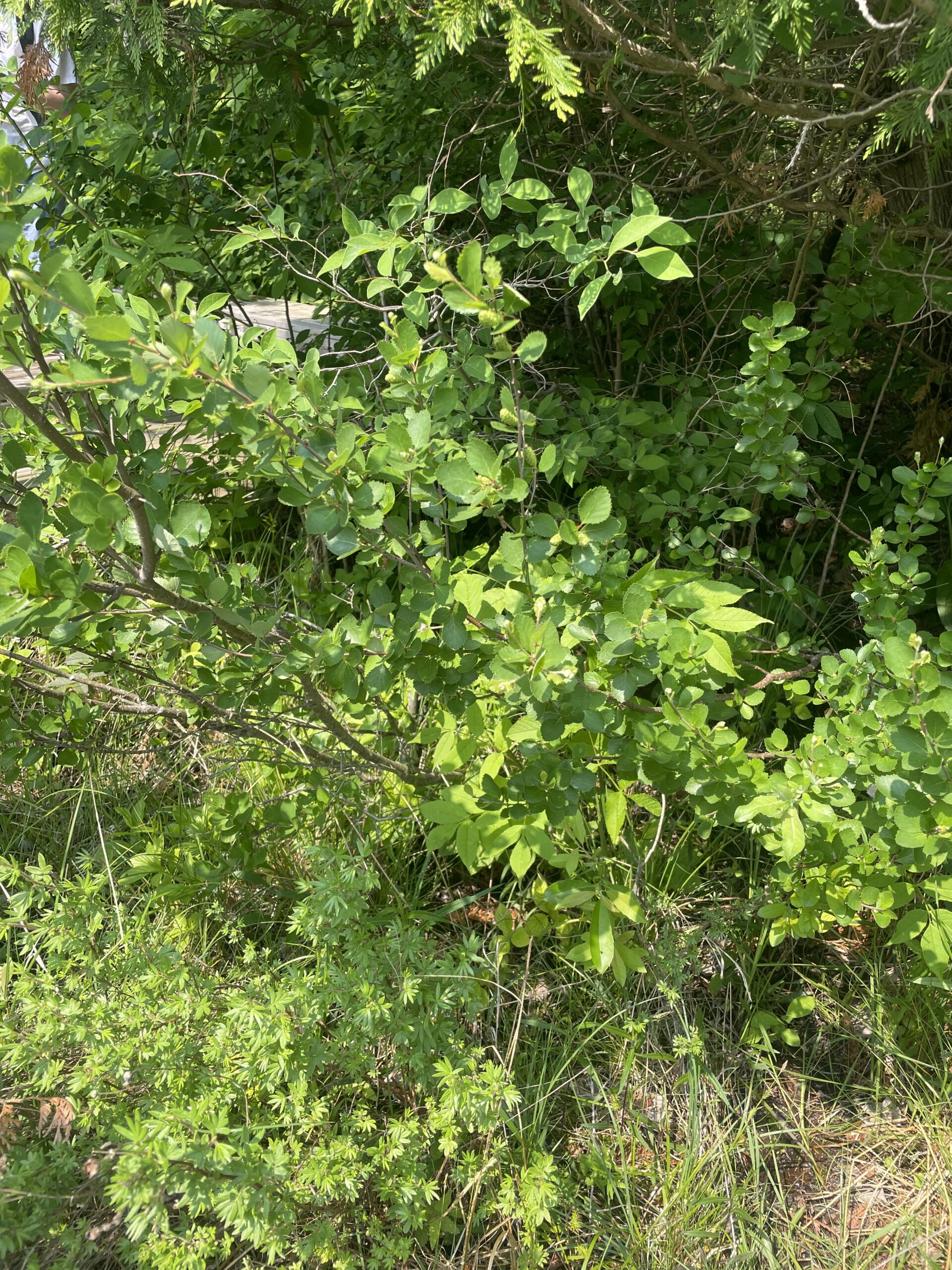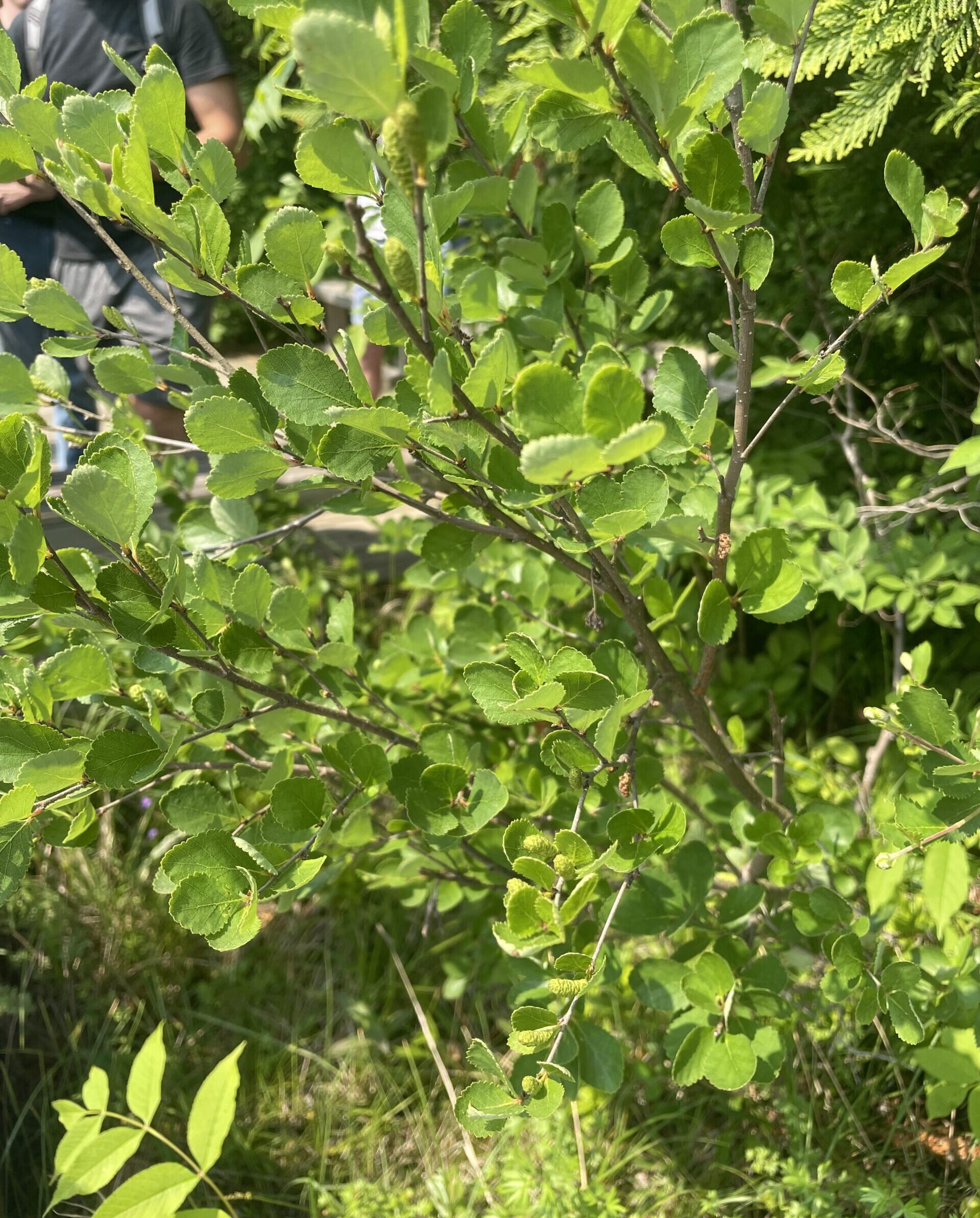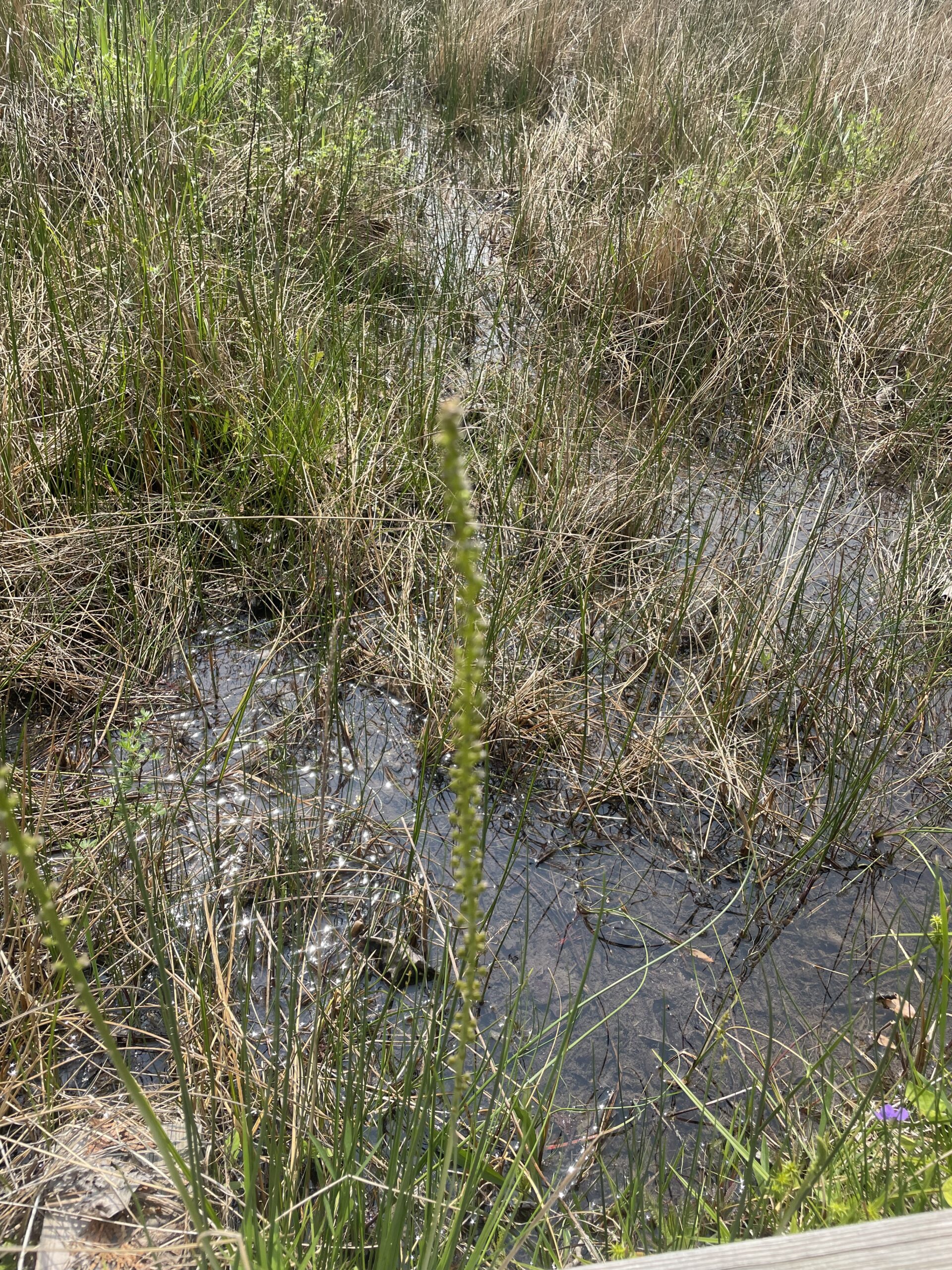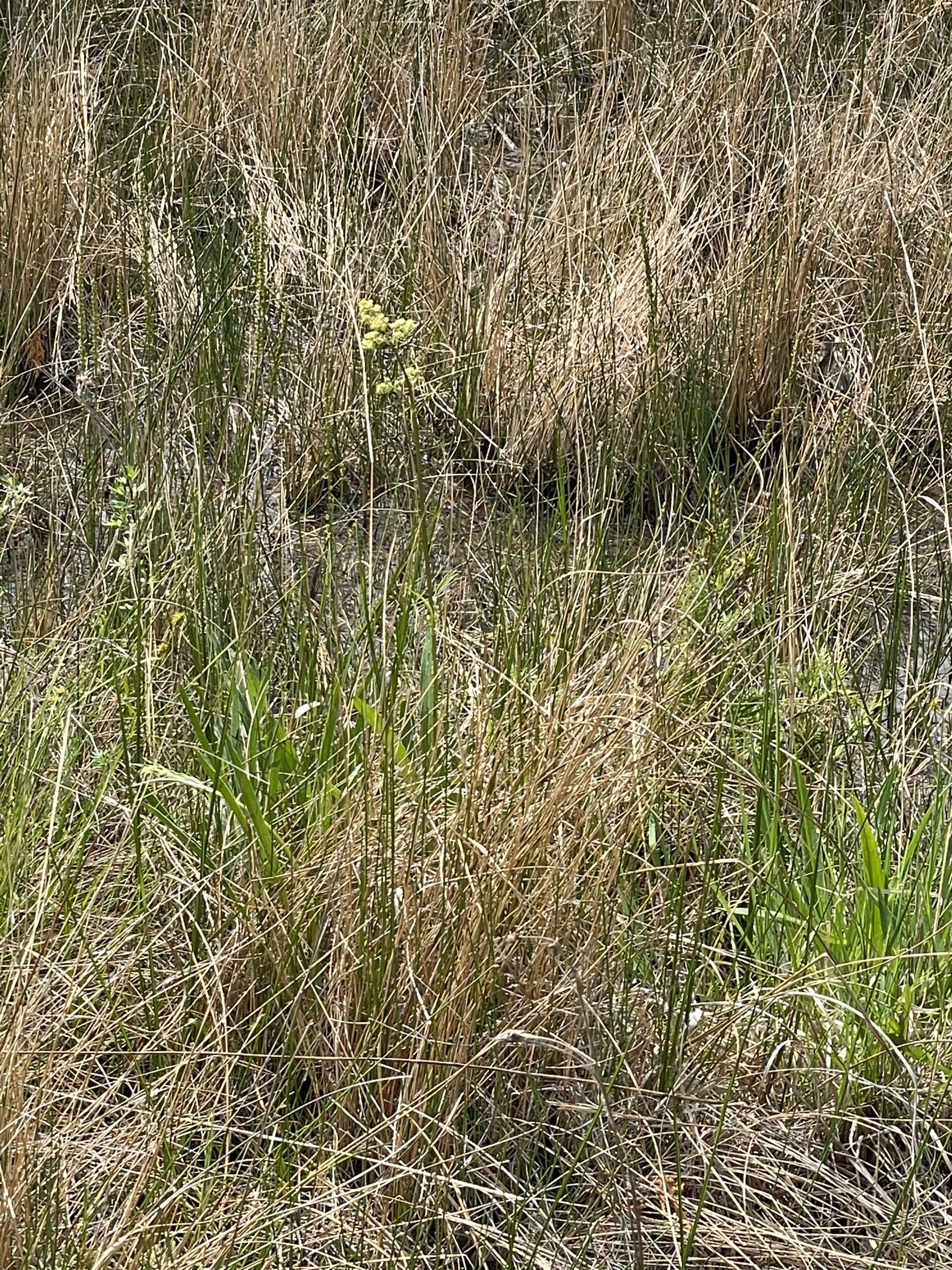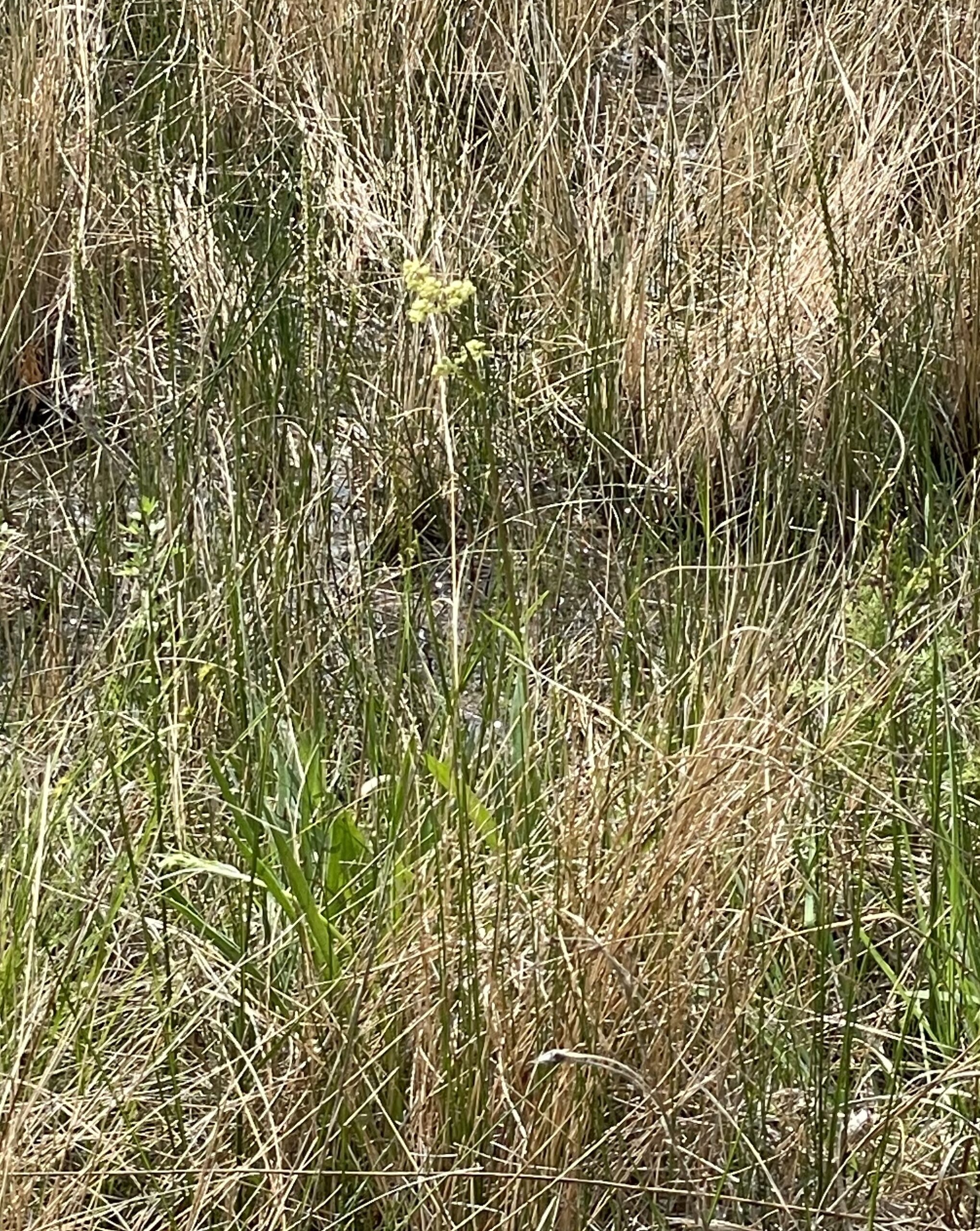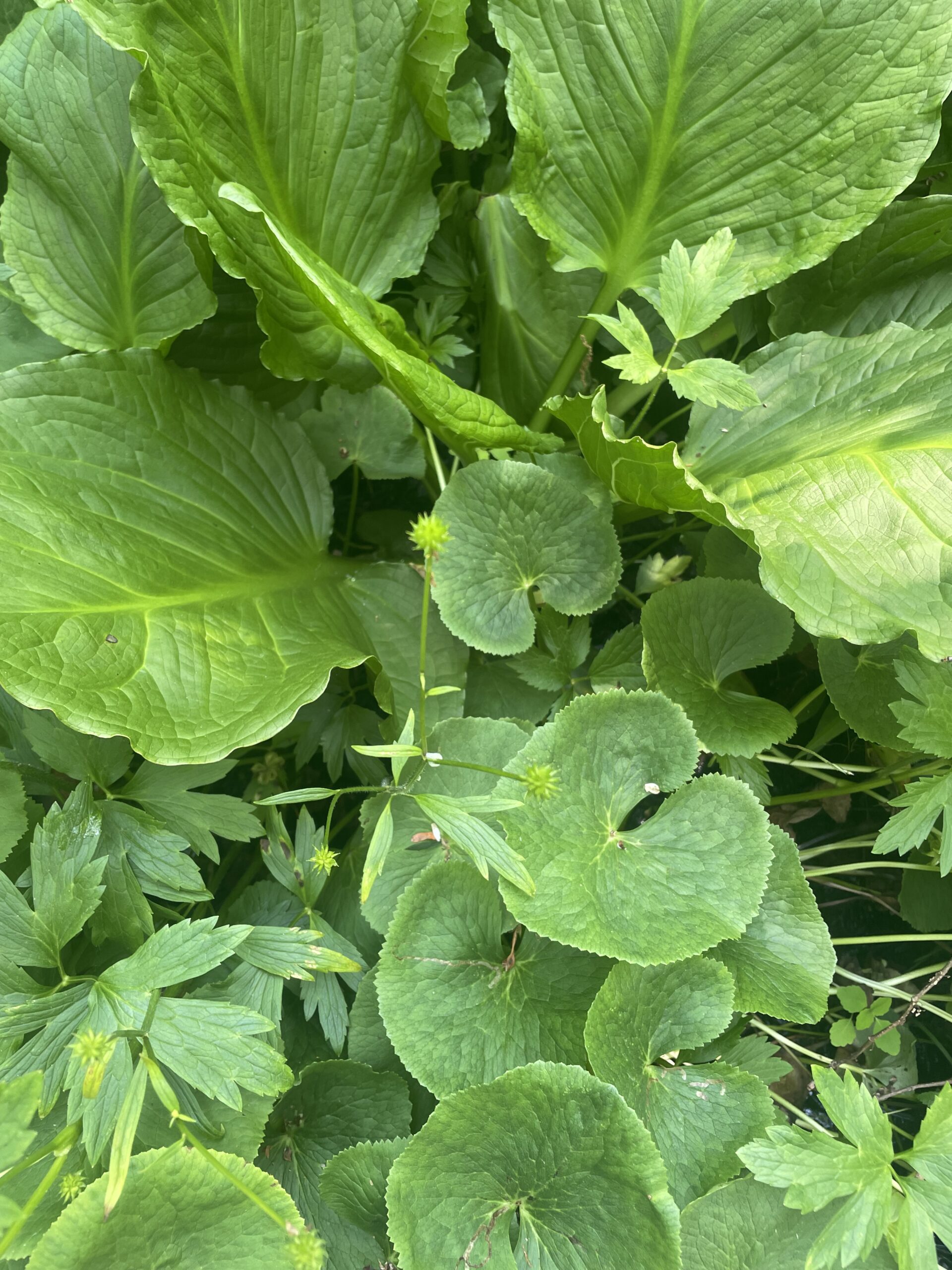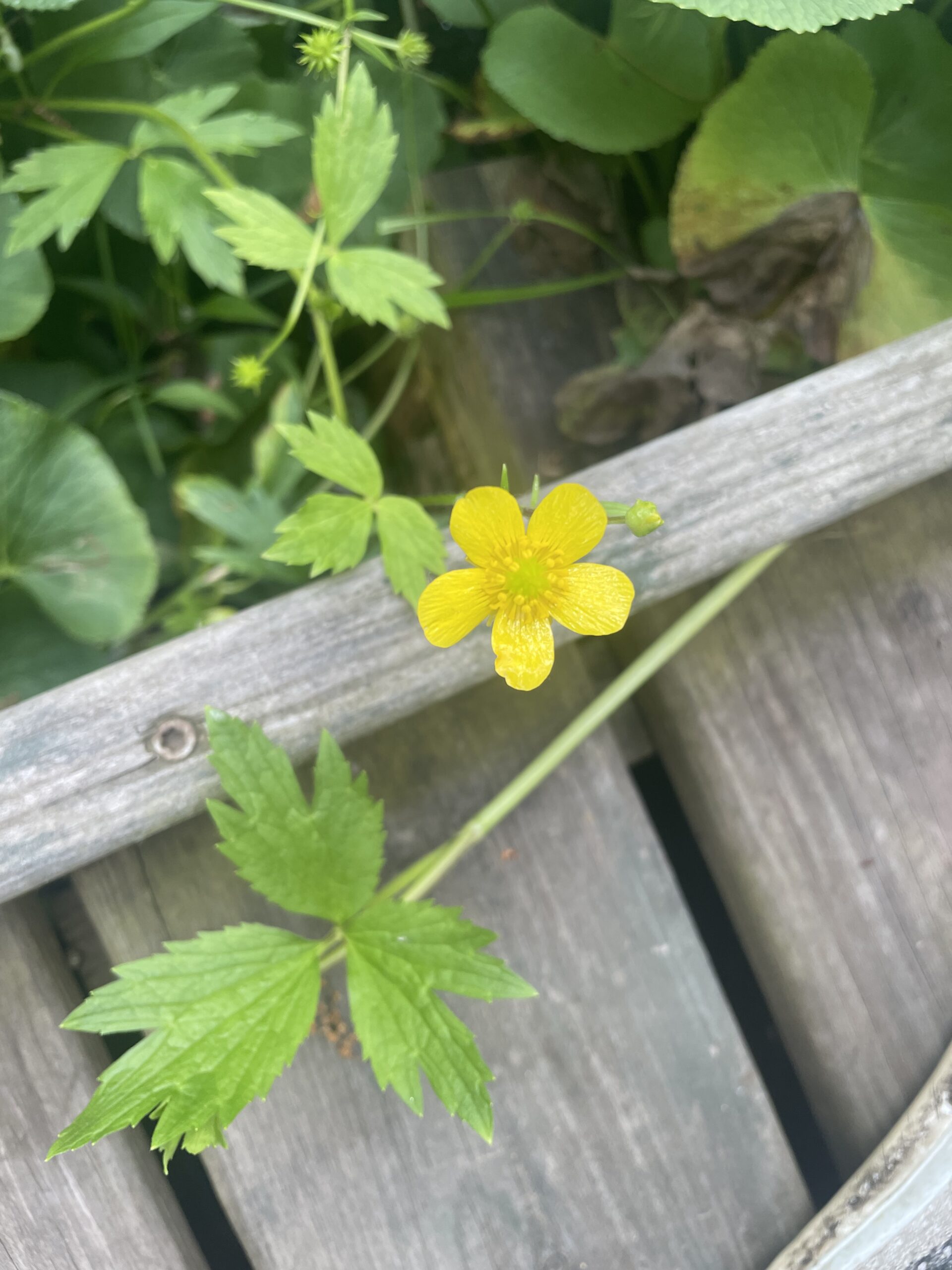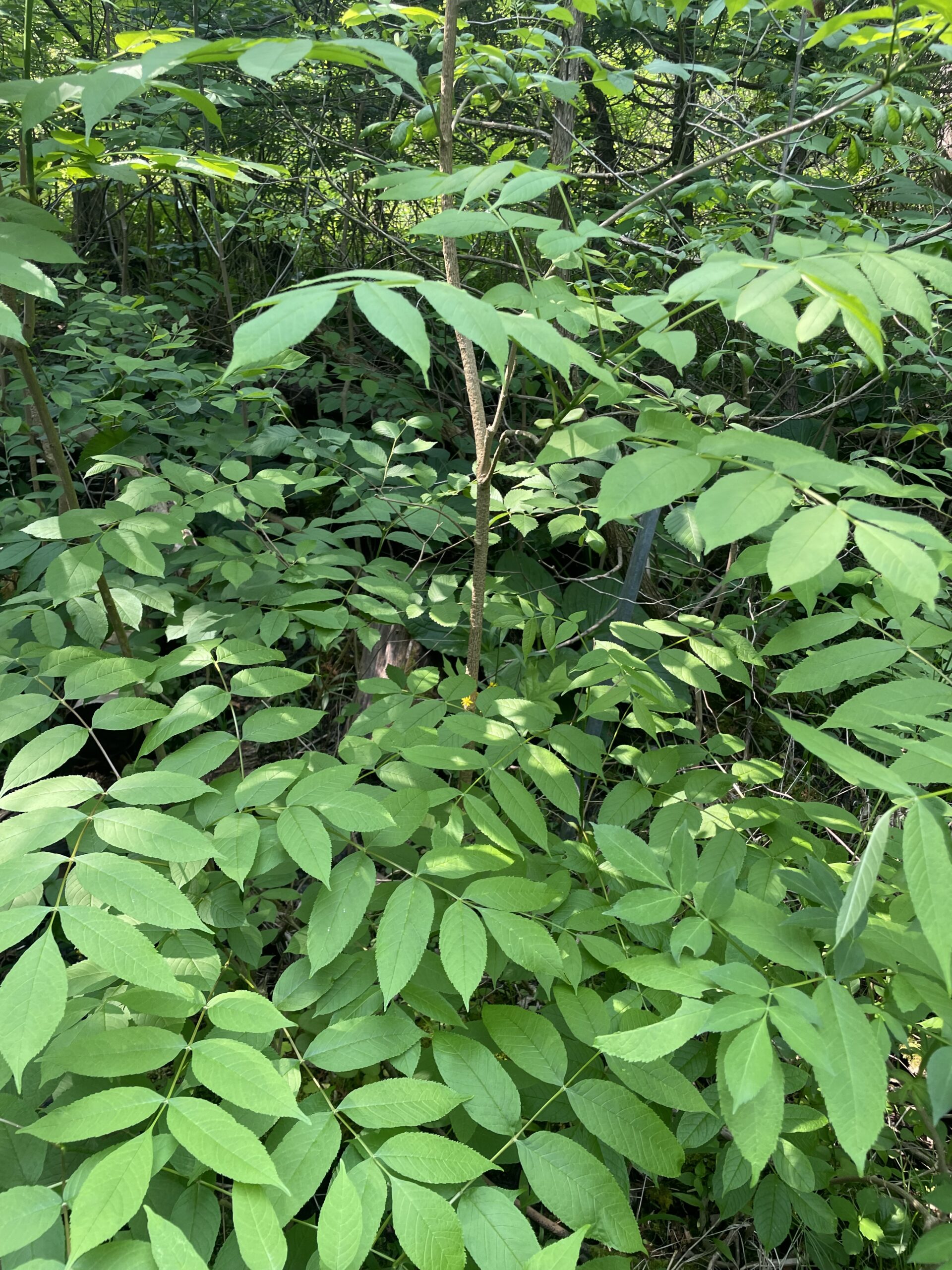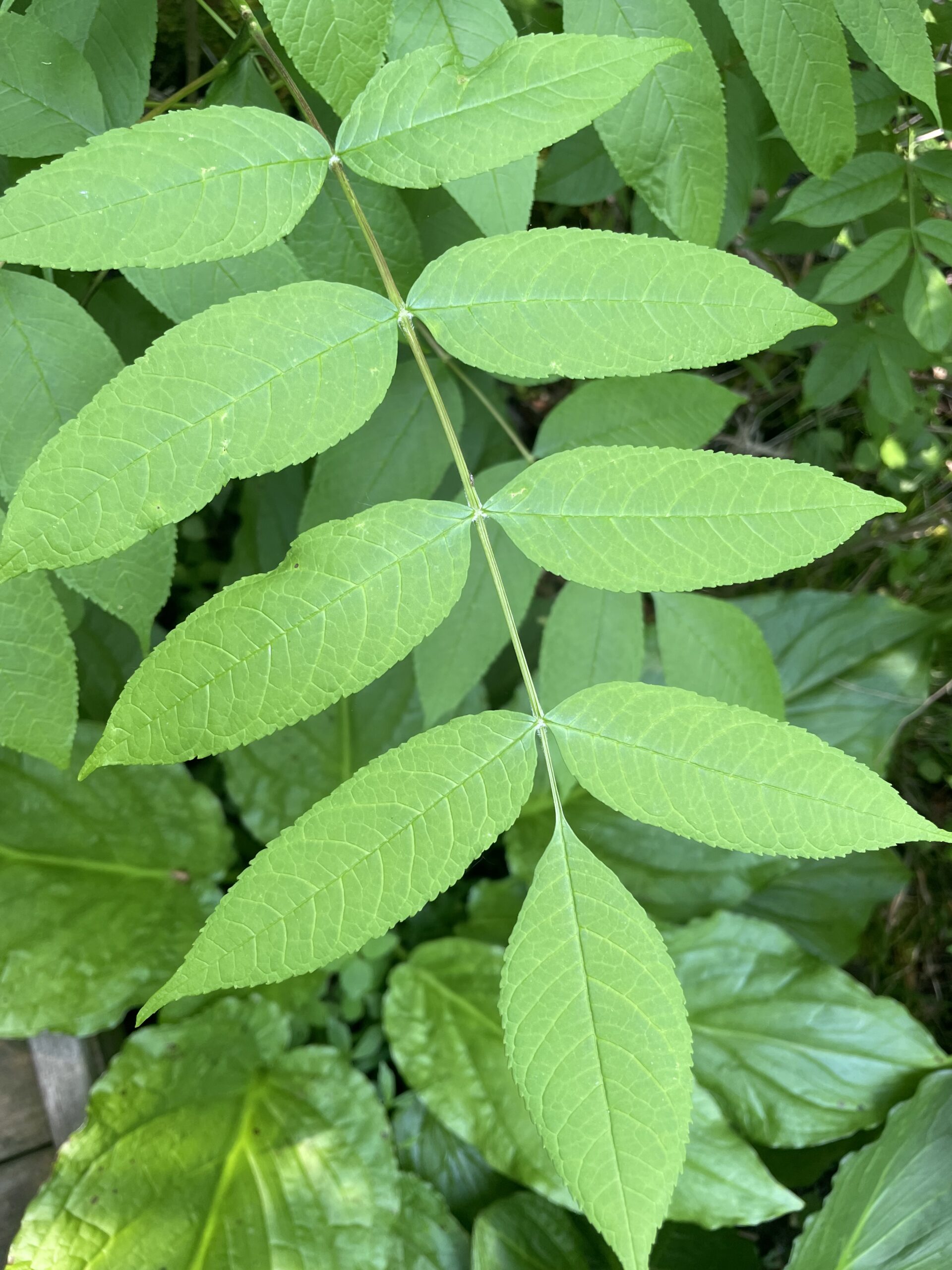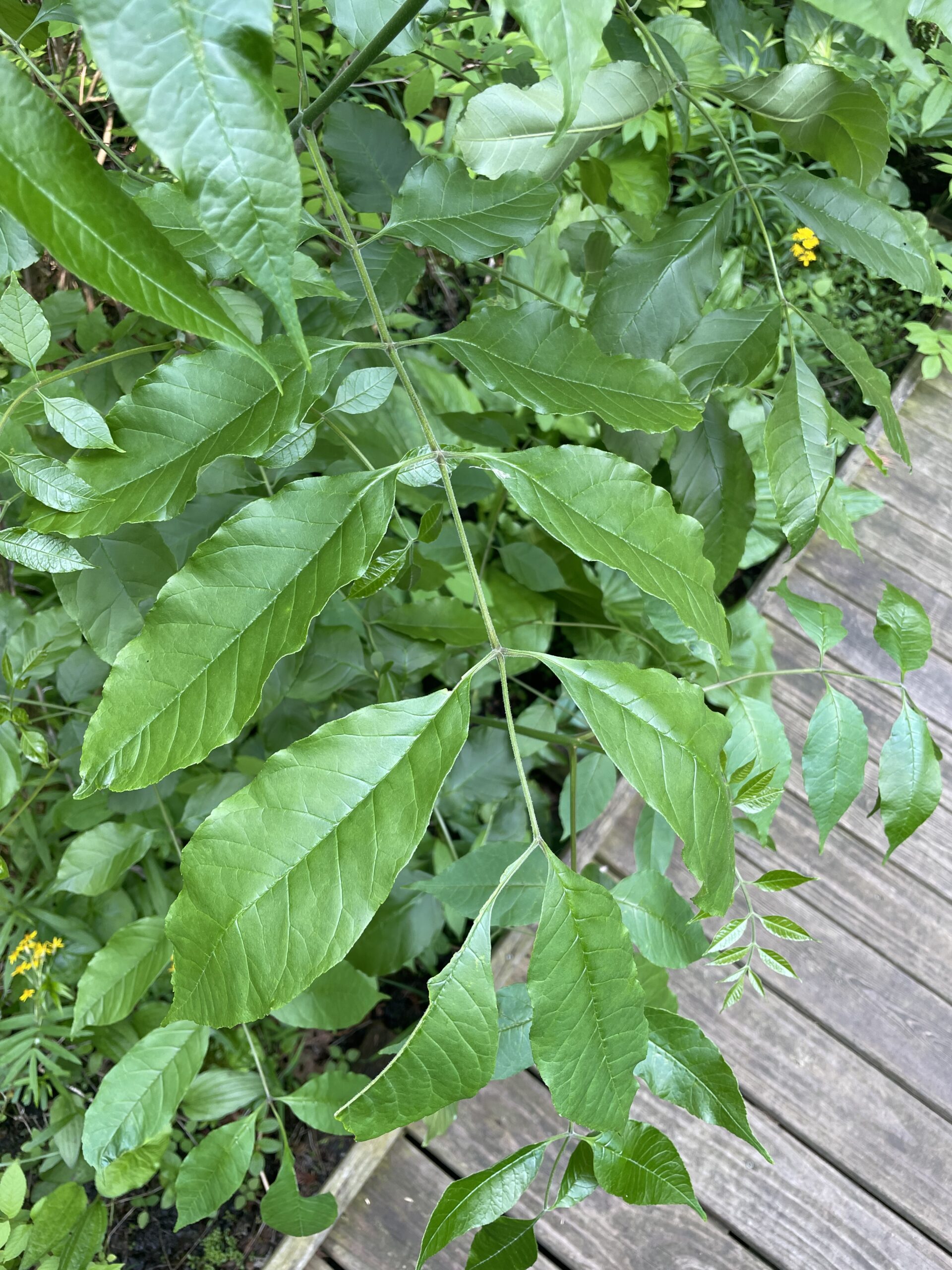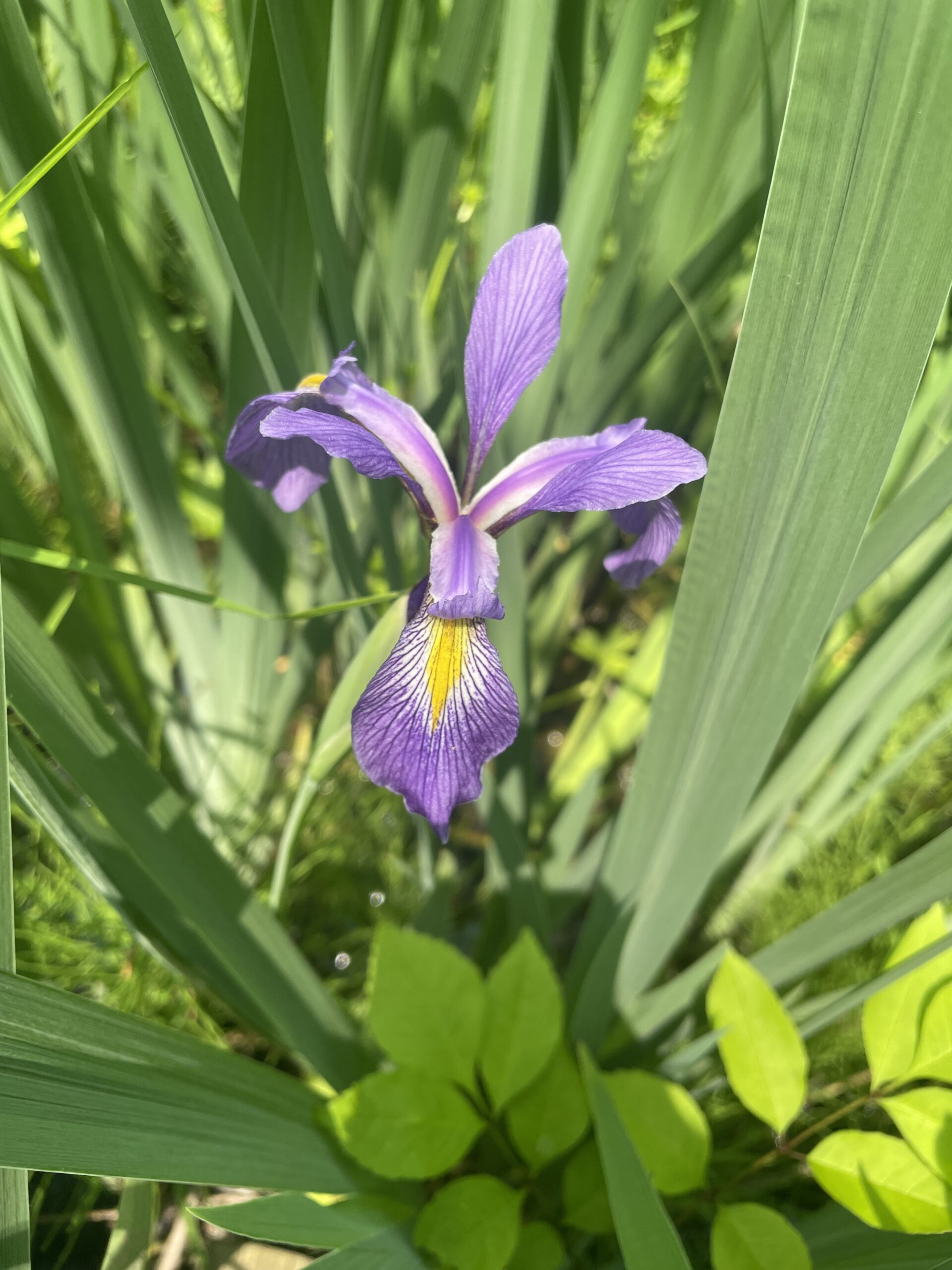Class Field Trip to Cedar Bog!
We recently took a trip to the well known nature preserve called Cedar Bog in Urbana, Ohio. This was the very first nature preserve purchased with state money in Ohio and is considered a national natural land mark. Cedar Bog is the highest ranking sight in the state for the Ohio Floristic Diversity Index due to its large plant species diversity (https://www.cedarbognp.org/about/). This was my very first time at Cedar Bog and I really enjoyed viewing and learning about all of the beautiful plants and ecological interactions that take place here! Read on to see more!
Sedge meadow area of Cedar Bog.
Cedar Bog… A True Bog or Fen?
To understand the ecology of Cedar Bog, it is important to distinguish between a bog and a fen, as both seem similar but are indeed very different. Cedar Bog, although named a bog, is technically a fen as the water gets flushed instead of clogged. In a true bog, water comes in as rain but really only escapes by evaporation so this makes it easy for dead plants to pile up on the bottom creating a layer called peat. As the plants decay, the water gets more acidic and also stained brown, where Sphagnum moss can grow and float at the bog surface. We did not really see this throughout our boardwalk in Cedar Bog, what we saw was more like the picture above. This brings us to fens, in which water comes in as rain and through springs but there is a flushing system created from small streams that drain the fens. The ground water contains dissolved limestone, so the flushing system makes the fen water more alkaline to neutral in pH and clear in color (https://ohioplants.org/field-experience-summer-2023/). This allows for an abundance of sedge growth in these areas as you can see in the picture above.
The formation of Cedar Bog is due to the Ice Age glaciers that covered much of Ohio between 14,000-24,000 years ago. When southward-moving glaciers reached the state’s bedrock hills, they folded in this area allowing glacial hills to form a line running east and west of Cedar Bog that resulted in its location being in a valley. The hills are mostly made up of limestone and sand, dropped in as the glaciers melted, but these types of gravel are what allow Cedar Bog to be a strong aquifer as it can hold plenty of ground water. The abundance of cold ground water is what allows several northern plant species to survive at Cedar Bog (https://ohioplants.org/field-experience-summer-2023/).
A schematic of Ohio showing the glaciated region and the location of Cedar Bog. Photo from: https://ohioplants.org/field-experience-summer-2023/
2 Types of Plants in the Rosaceae Family
Climbing Prairie Rose, Rosa setigera
You can really see the thorns!
Climbing Prairie rose leaves, no flowers have bloomed yet.
According to Lawrence Newcomb’s Wildflower Guide, this native rose species has pink or whitish flowers that are arranged in small clusters. The leaflets are shiny above and sharply toothed, alternately arranged and have a darker green color. The stems can be seen arching, trailing or climbing like a vine using its prickles, hence the name! The Climbing Prairie rose has been used for erosion control in areas that are considered difficult planting sites such as along highways due to its rambling and suckering characteristics (https://plants.ces.ncsu.edu/plants/rosa-setigera/).
Shrubby Cinquefoil, Potentilla fructcosa
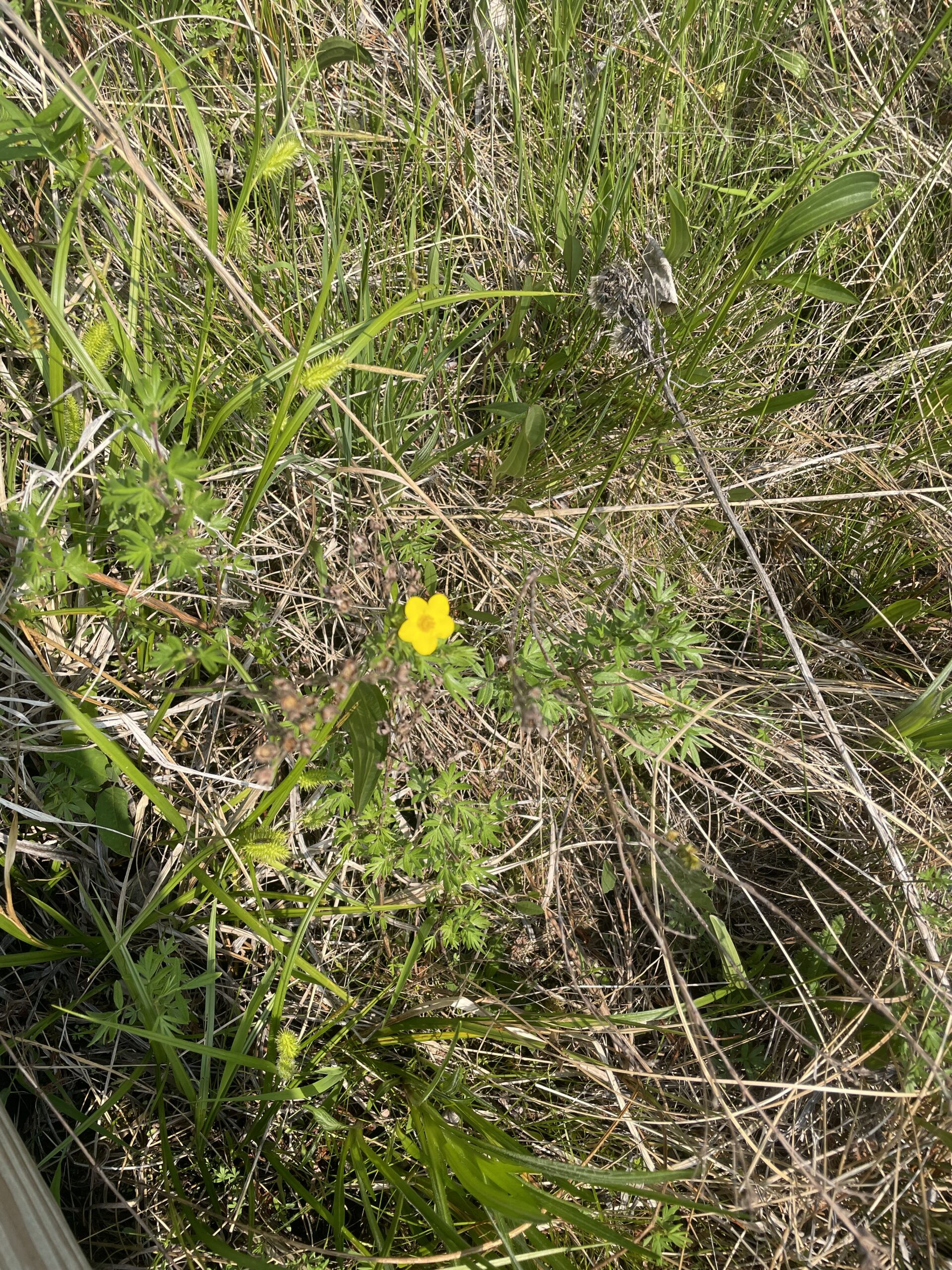 One lonely, but beautiful Shrubby Cinquefoil flower!
One lonely, but beautiful Shrubby Cinquefoil flower!
A nice close up view to see its five distinct petals
The second species of plant in the rose family that we found on our Cedar Bog trip is this Shrubby Cinquefoil. The flowers are conspicuously yellow in color and have 5 separate petals, blooming from late spring to the first frosts of winter. The leaves have about 5-7 entire leaflets that are narrowly oblong in shape. This plant is noted for its long blooming season and toughness during drought conditions in the summer and cold temperatures in the winter (https://www.gardenia.net/plant/potentilla-fruticosa).
4 Special Fen Plants!
Swamp Birch, Betula pumila
A lovely Swamp Birch shrub.
A better view of the leaves!
The first of our fen-tastic plants is this Swamp Birch shrub. As described in the Peterson Field Guide for Trees and Shrubs by George Petrides, the Swamp Birch is an upright bog-inhabiting, deciduous shrub that is the only shrubby birch to inhabit much of the United States. The egg-shaped leaves are single-toothed and range from a pale green to white color underneath. According to the Ohio Department of Natural Resources, this species of birch is considered threatened and could have poor recovery potential due to its limited habitat (https://ohiodnr.gov/discover-and-learn/plants-trees/flowering-plants/swamp-birch). Based on the Ohio Department of Natural Resources web spreadsheet, the coefficient of conservatism for Swamp Birch is 10. Being in this range means that this plant has a narrow range of ecological tolerances that exhibit a high degree of fidelity.
Seaside Arrow-Grass, Triglochin Maritimum
Not the best picture, but here is some Arrow-Grass
Arrow-Grass showing distinctive little budding flower!
Another rare fen plant is this Arrow-Grass, which I believe to specifically be Seaside Arrow-Grass, however, there is a very similar species called Marsh Arrow-Grass so it can be hard to tell the difference. Seaside Arrow-Grass is a larger, robust plant and its flowers have 6 stigmas. It likes to be in full sun in calcareous substrates such as fens and marshes, and its coefficient of conservatism score is a 10 from Ohio Department of Natural Resources spreadsheet (https://ohiodnr.gov/discover-and-learn/plants-trees/flowering-plants/seaside-arrow-grass).
Prairie Valerian, Valeriana Ciliata
The rare Prairie Valerian flower spotted from afar.
A really, really zoomed in photo to view the white-yellowish flowers.
The next fen plant we discovered is the rare Prairie Valerian, a conspicuous perennial herb that flowers in May and June. This species thrives in fens and wet prairies but can be threatened by grazing and drainage or alterations to their wetland habitats. Once again, this species is rated a coefficient of conservatism of 10, having a narrow range of ecological tolerances with high fidelity (https://ohiodnr.gov/discover-and-learn/plants-trees/flowering-plants/prairie-valerian).
Marsh-Marigold, Caltha palustris
A picture of the un-bloomed Marsh-Marigold.
A flowering Marsh-Marigold, with its bright yellow flowers!
The last of our spectacular fen species is the Marsh-Marigold flower, belonging to the Buttercup family. Newcomb’s Wildflower Field Guide states that this flower inhabits wet environments such as swamps and meadows, and has 5-9 brightly yellow sepals but no petals. The long-stalked leaves are heart-shaped and have shallowly toothed edges. This species has a coefficient of conservatism at 6, meaning it has a narrow range of ecological tolerances that are typical of a stable community.
2 Ash Tree Species
Black Ash, Fraxinus nigra
A better look at the toothed leaf edges.
The first of the two Ash species we found at Cedar Bog is this Black Ash. From the Peterson Field Guide for Trees and Shrubs, this is a tree known to inhabit swamps and bottomlands. The leaves are oppositely arranged and pinnately compound, always toothed around the edges. Other names for this tree include Hoop Tree and Basket Ash as the wood is commonly used to make weaving baskets and barrel hoops.
Green Ash, Fraxinus pennsylvanica
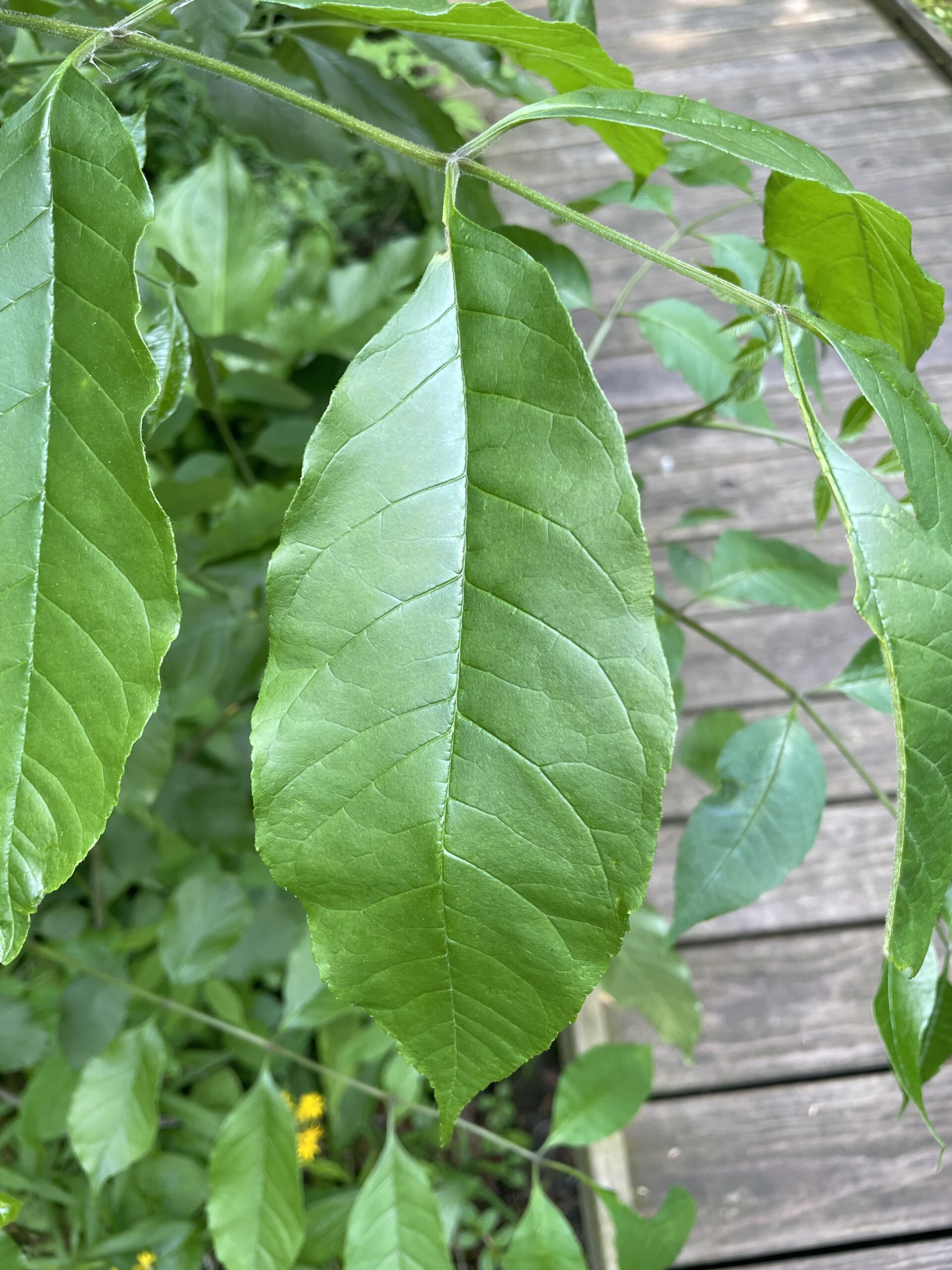 Green Ash leaf up close and personal!
Green Ash leaf up close and personal!
This picture really showcases the differences in the leaves of the Green Ash and Black Ash.
The second of our Ash species is this Green Ash, a lowland tree with stalked leaflets, unlike the Black Ash which has unstalked. From the Peterson Field Guide, this tree has 5-9 leaflets that are green on both sides and are not always toothed. This is another noted difference from the Black Ash whose leaflets are always toothed.
Floristic Quality of Plant Communities
Swamp Forest Species List
1. Scientific Name: Caltha palustris, Common Name: Marsh-Marigold, Wetland Status: OBL, Coefficient of Conservatism: 6
2. Scientific Name: Iris viginica, Common Name: Southern Blue Flag, Wetland Status: OBL, Coefficient of Conservatism: 6
3. Scientific Name: Lindera benzoin, Common Name: Spicebush, Wetland Status: FACW-, Coefficient of Conservatism: 5
4. Scientific Name: Ranunculus septentrionalis; Other Variation: Ranunculus hispidus, Common Name: Northern Swamp Buttercup, Wetland Status: FAC, Coefficient of Conservatism: 4
5. Scientific Name: Senecio aureus, Common Name: Golden Ragwort, Wetland Status: FACW, Coefficient of Conservatism: 4
6. Scientific Name: Symplocarpus foetidus, Common Name: Skunk-Cabbage, Wetland Status: OBL, Coefficient of Conservatism: 6
– Swamp Forest Floristic Quality Assessment Index: Sum of C of C’s = 31, # of Species = 6; I = 31/(2.45) = 12.7
Sedge Meadow Species List
1. Scientific Name: Betula pumila, Common Name: Swamp Birch, Wetland Status: OBL, Coefficient of Conservatism: 10
2. Scientific Name: Dasyphora fruticosa; Other Variation: Potentilla fruticosa, Common Name: Shrubby Cinquefoil, Wetland Status: FACW, Coefficient of Conservatism: 10
3. Scientific Name: Drosera rotundifolia, Common Name: Round-Leaved Sundew, Wetland Status: OBL, Coefficient of Conservatism:7
4. Scientific Name: Toxicodendron vernix, Common Name: Poison Sumac, Wetland Status: OBL, Coefficient of Conservatism: 7
5. Scientific Name: Utricularia minor, Common Name: Lesser Bladderwort, Wetland Status: OBL, Coefficient of Conservatism: 8
6. Scientific Name: Valeriana uliginosa, Common Name: Swamp Valerian, Wetland Status: FACW+, Coefficient of Conservatism: 10
– Sedge Meadow Floristic Quality Assessment Index: Sum of C of C’s = 52, # of Species = 6; I = 52/(2.45) = 21.2

